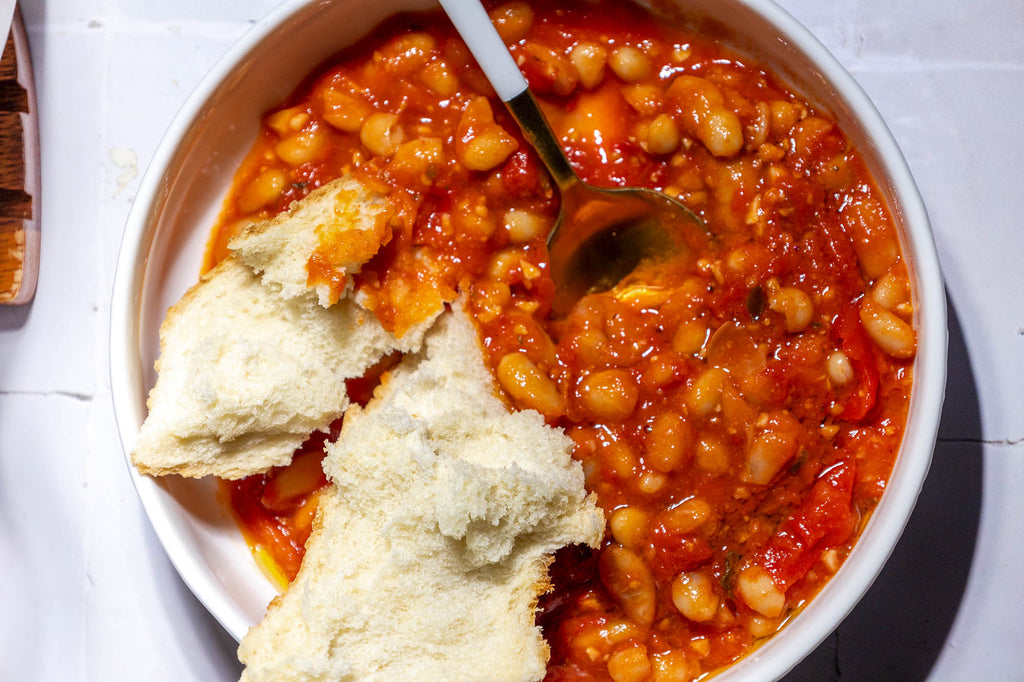The reason Tuscany's bread is missing one key ingredient
The historic heart of the Renaissance, Tuscany is known for a variety of iconic, flavorful dishes, including bistecca alla fiorentina, pappa al pomodoro, and lardo di colonnata, to name just a few. But there’s one iconic Tuscan food that has gained notoriety for its lack of flavor!
If you visit a traditional Tuscan restaurant in Florence, you may be surprised that the basket of bread that accompanies your meal is bland in the extreme. Before you wonder whether the restaurant gave you a bad batch, read on! The truth is that Tuscan bakers have been making bread without salt for hundreds of years. It’s a custom that is cloaked in disputed historical precedent, and it’s become a unique symbol of the region.
Central Italy’s Salt Wars
There are two leading theories on how central Italians began baking their bread without salt. The first dates back to the Middle Ages, when a heavy tax was placed on salt. Since salt was essential for preserving meat and other foods to last through the winter, those with little money in Tuscany and central Italy had to prioritize where they used their salt, leaving it out of nonessential dishes like bread. The practice went beyond Tuscany; in 1540, Pope Paul III imposed an astronomical tax on salt on the people of Umbria. In an act of defiance, bakers in Perugia, Umbria’s capital, refused to buy salt for their bread.
Another theory looks to a 12th-century salt war between Pisa and Florence. As Pisa’s geographic location places it much closer to the sea than Florence, Florentines relied on trade with their western neighbors to get their sea salt. During a time of disagreement between Pisa and Florence, it is believed that Pisa withheld its salt trade in order to force the Florentines to comply with their demands. Instead of surrendering, bakers in Florence stopped using salt to make their bread.

Tuscany’s Rich Cuisine
No matter which origin story is the real one, pane toscano’s saltless tradition remains. Although we often view bread as an appetizer to be enjoyed on its own before our main course in American restaurants, bread in Italy is meant to accompany the meal. Tuscany’s salty cured meats, bright tomatoes, and heavy ragùs already bring more than enough flavor to the table. By leaving the salt out of the bread, the chef ensures the bold flavors of each classic Tuscan dish taste exactly as they intended without being adulterated by the bread.
So the next time you receive a basket of bread at a Florentine restaurant, embrace Italian culture and wait for your meal before you dig in—you may just be tasting a bit of history.























0 comments